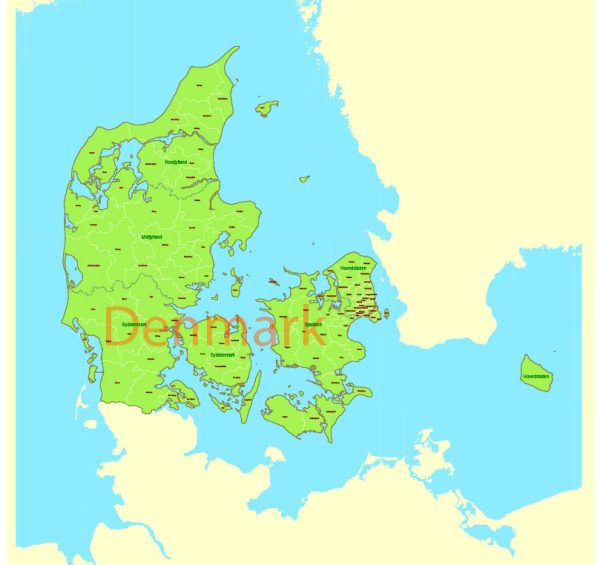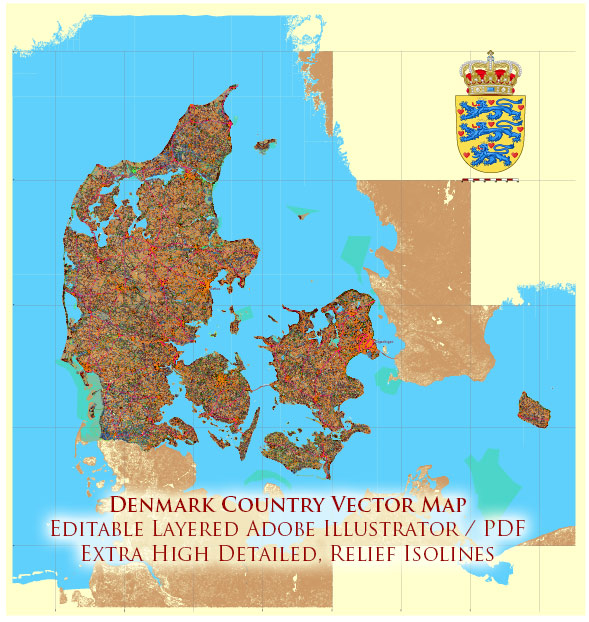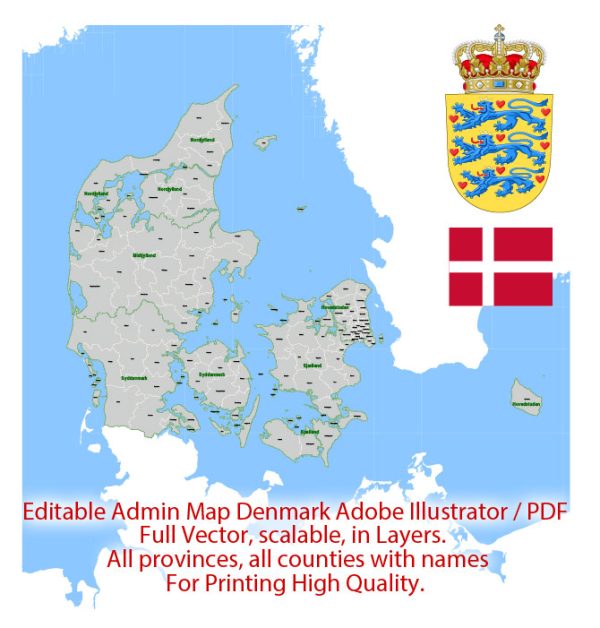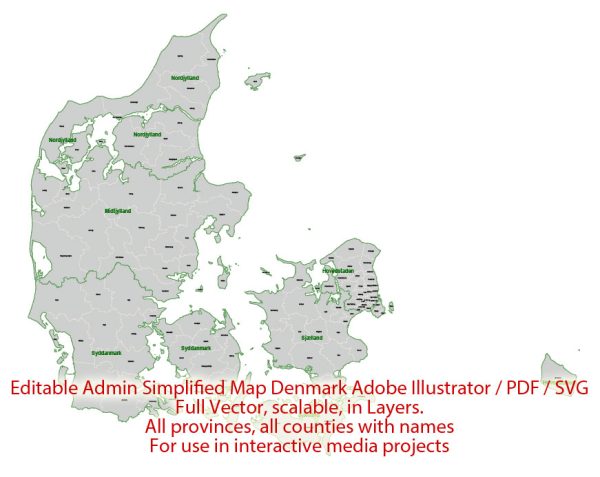Denmark is a Nordic country located in Northern Europe, and it has a mixed-market capitalist economy that combines elements of both free-market capitalism and a strong welfare state. Here is an overview of Denmark’s economic description:
- Economic System: Denmark has a well-developed and open economy with a high degree of economic freedom. It combines a free-market approach with a robust welfare state, known as the Nordic or Scandinavian model. This model ensures a high standard of living, social safety nets, and public services for its citizens.
- GDP and Economic Size: Denmark has a relatively small population, but it boasts a high GDP per capita. In terms of GDP, it is one of the largest economies in the European Union. The economy is characterized by stability and a well-diversified economic structure.
- Key Industries: Denmark has a strong presence in various industries, including manufacturing, agriculture, pharmaceuticals, and information technology. Notable sectors include wind energy (Denmark is a global leader in wind energy production), pharmaceuticals, biotechnology, food processing, and maritime shipping.
- Exports: Denmark is highly dependent on foreign trade. It exports a range of products, including machinery, instruments, pharmaceuticals, agricultural products, and foodstuffs. Its export-oriented economy benefits from an efficient transportation and logistics infrastructure.
- Welfare State: Denmark’s welfare state provides universal healthcare, education, and a strong social safety net. The country has a high level of income equality and low poverty rates.
- Labor Market: Denmark has a highly skilled and well-educated workforce. The labor market is characterized by a flexible and efficient system that includes a strong tradition of collective bargaining between employers and trade unions.
- Taxation: Denmark has relatively high tax rates, particularly on income and consumption. However, these taxes support the comprehensive welfare state and public services.
- Innovation and Technology: Denmark places a strong emphasis on research and development. It has a well-developed infrastructure for innovation and is known for its high-tech industries and green technologies.
- Financial Sector: The financial sector in Denmark is well-developed and stable. It includes a mix of domestic and international banks, insurance companies, and investment firms.
- Sustainability: Denmark is committed to sustainability and green energy. It is a global leader in renewable energy, particularly wind power. The country aims to become carbon-neutral in the coming decades.
- Trade Partners: Denmark’s major trading partners include other European Union countries, the United States, and China.
- Currency: Denmark is not part of the Eurozone. The Danish Krone (DKK) is the official currency.
- Challenges: Despite its economic strengths, Denmark faces challenges such as an aging population and associated welfare costs. The country also has a high cost of living.
In summary, Denmark’s economy is characterized by a combination of free-market principles, a strong welfare state, and a commitment to innovation and sustainability. It offers a high standard of living, economic stability, and a well-educated workforce, making it a prosperous and highly developed nation.





 Author: Kirill Shrayber, Ph.D.
Author: Kirill Shrayber, Ph.D.